Japanese “forest medicine” is the science of using nature to heal yourself—wherever you are
The fountain of youth is a forest. Trees cast off years and grant health and cheer, or so transcendentalist Ralph Waldo Emerson claimed in his 1836 essay “Nature.” ”In the woods,” he wrote, “I feel that nothing can befall me [. . .] which nature cannot repair.”
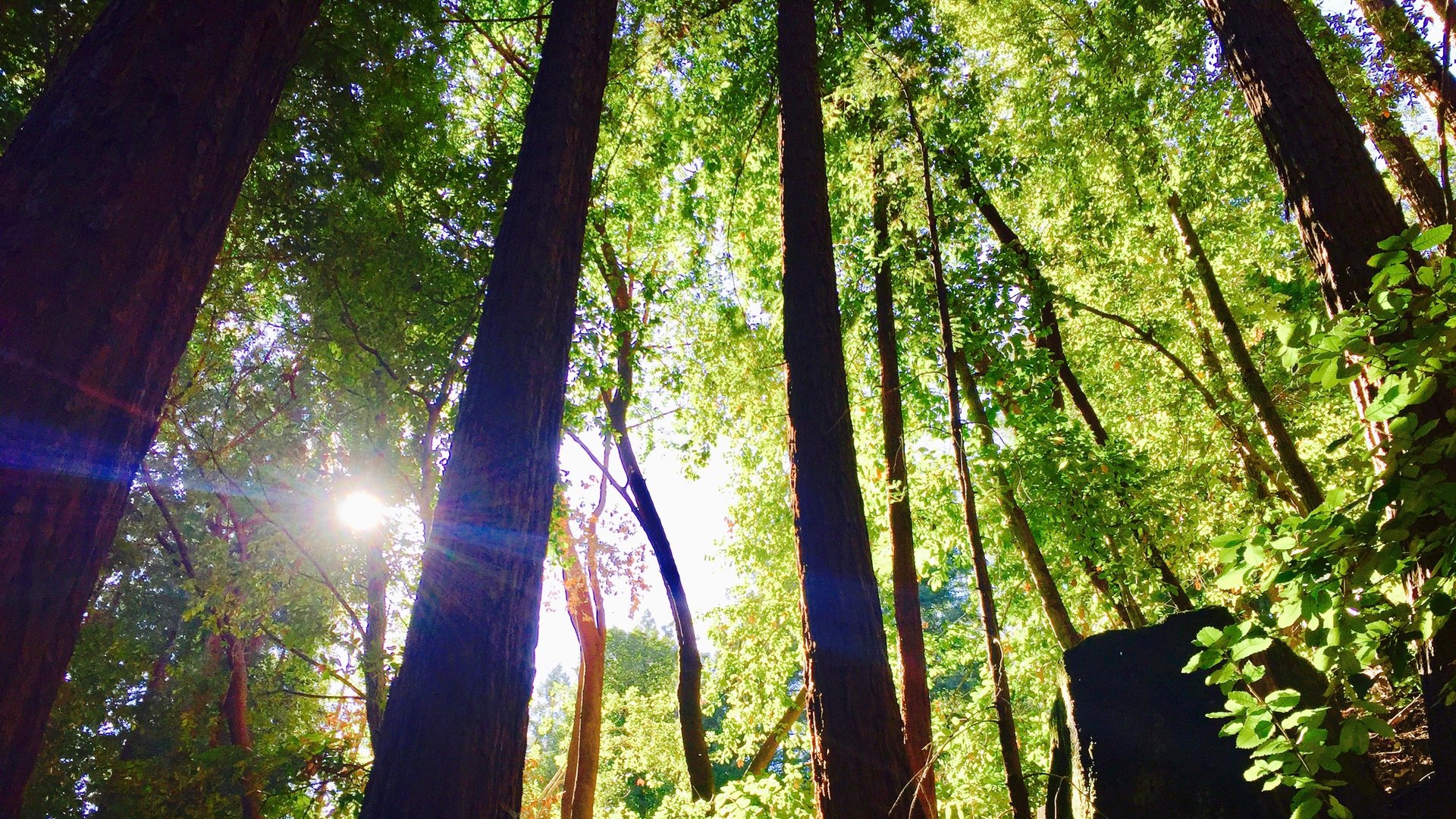

The fountain of youth is a forest. Trees cast off years and grant health and cheer, or so transcendentalist Ralph Waldo Emerson claimed in his 1836 essay “Nature.” ”In the woods,” he wrote, “I feel that nothing can befall me [. . .] which nature cannot repair.”
Indeed, research shows that trees really do have healing powers. For one thing, they release antimicrobial essential oils, called phytoncides, that protect trees from germs and have a host of health benefits for people. The oils boost mood and immune system function; reduce blood pressure, heart rate, stress, anxiety, and confusion; improve sleep and creativity; and may even help fight cancer and depression. These and other impressive benefits of forest medicine are catalogued by physician Qing Li, chairman of the Japanese Society for Forest Medicine, in his upcoming book Forest Bathing, out in April 2018.
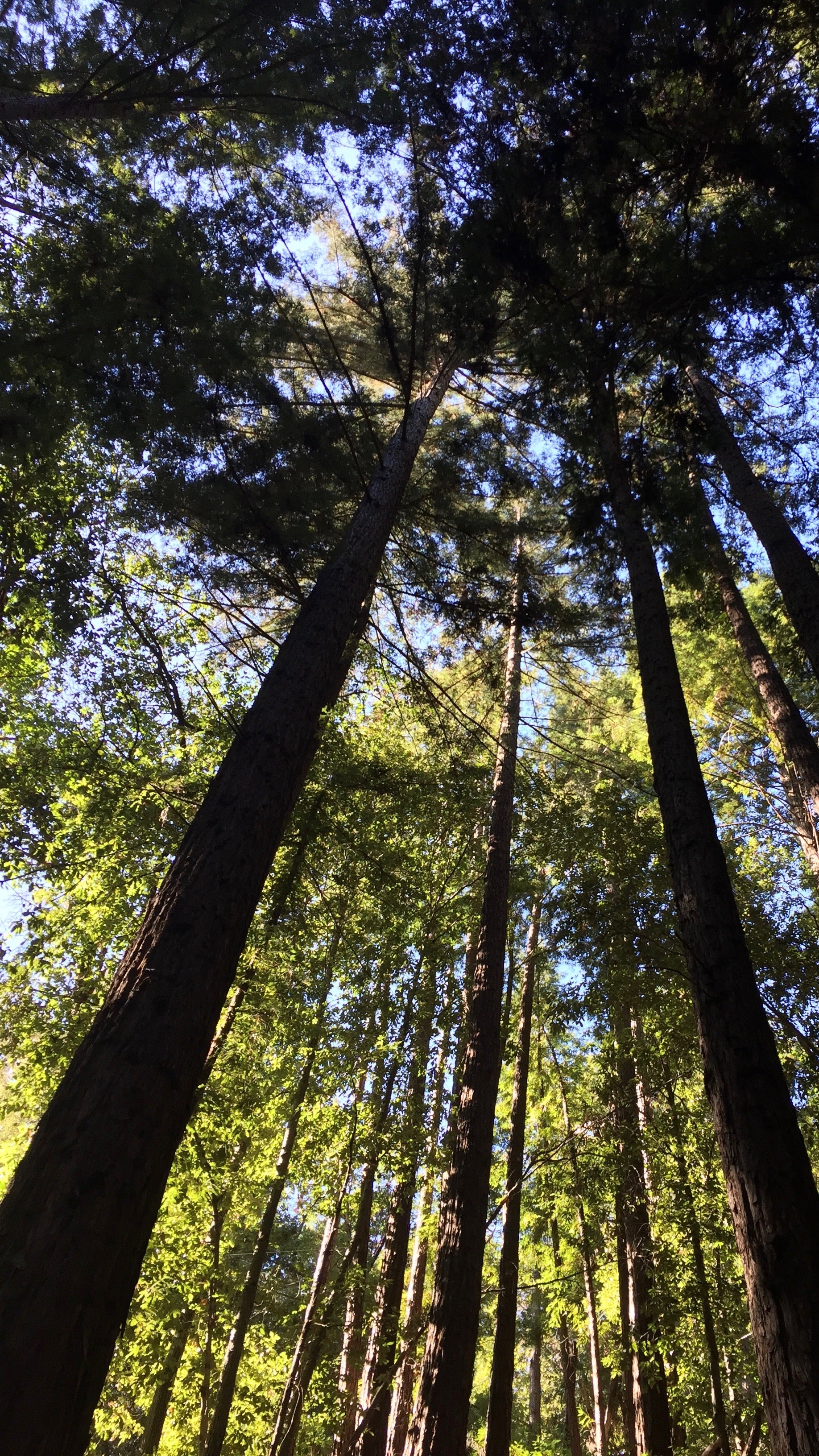
Li’s personal interest in tree therapy is rooted in a trip he took to the forest in 1988. A stressed Tokyo medical student, he found that a week of camping restored his vitality. He’s considered the medical reasons for this effect ever since. He writes:
I am a scientist, not a poet. And I have been investigating the science behind that feeling for many years. I want to know why we feel so much better when we are in nature…Some people study forests. Some people study medicine. I study forest medicine to find out all the ways walking in the forest can improve our wellbeing.
For those interested in upping their dosage of nature, whether as city dwellers or forest explorers, Li’s book offers a thoughtful introduction to the scientifically proven benefits of spending time among the trees—and enjoying those benefits, wherever you may be.
The origins of forest bathing
The contemporary concept of “forest medicine” originated in Japan, a place where nature has long been celebrated. The Japanese party when flowers bloom, the moon is bright, and when fireflies multiply. The country’s two major religions, Buddhism and Shintoism, consider forests mystical. “For Zen Buddhists, scripture is written in the landscape,” writes Li. “In Shinto, the spirits are not separate from nature, they are in it. They are in the trees, in the rocks, in the breeze, the stream, the waterfall.”
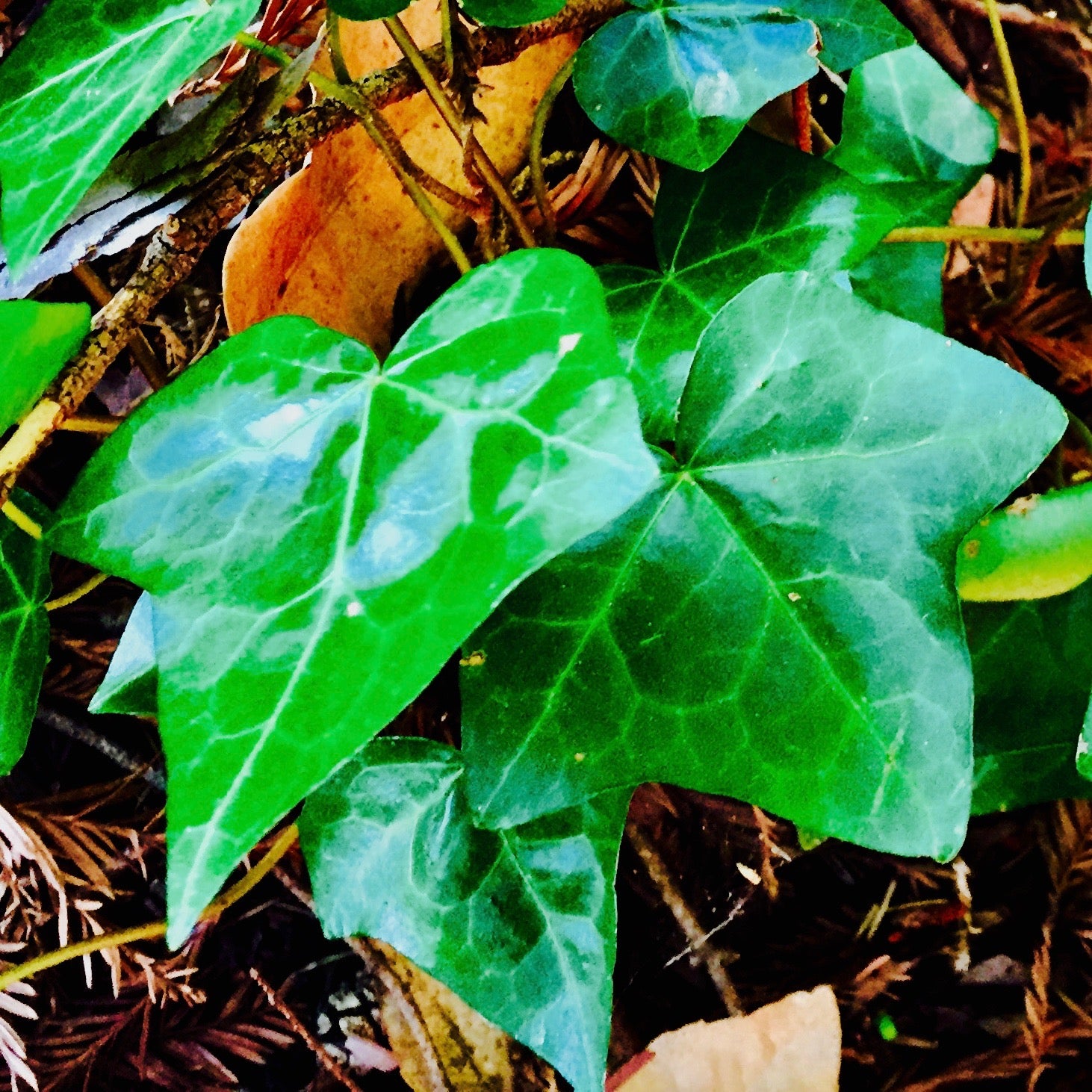
In 1982, the Japanese government introduced the concept of shinrin yoku, or “forest bathing,” urging citizens to make use of the country’s 3,000 wooded miles for therapy. Tomohide Akiyama, then chief of the forestry ministry, understood intuitively that the woods do people good, while distance from nature makes us sick.
While Japan was championing forest bathing, an American scientist was formulating a thesis that explains why nature moves all people, wherever they are from. According to Biophilia, the 1984 book by evolutionary biologist Edward O. Wilson, people have a biological urge to commune with the primordial mother, Earth, which nurtures us. He believed that humans have evolved to love all forms of life and the processes that reflect our existence, which are everywhere visible in nature. Wilson called that attachment biophilia, from the Greek bios, meaning life, and philos, meaning loving.
Our urge to merge with nature is impossible to measure biologically, Wilson said. Yet he believed that “our existence depends on this propensity, our spirit is woven from it, hopes rise on its currents.”
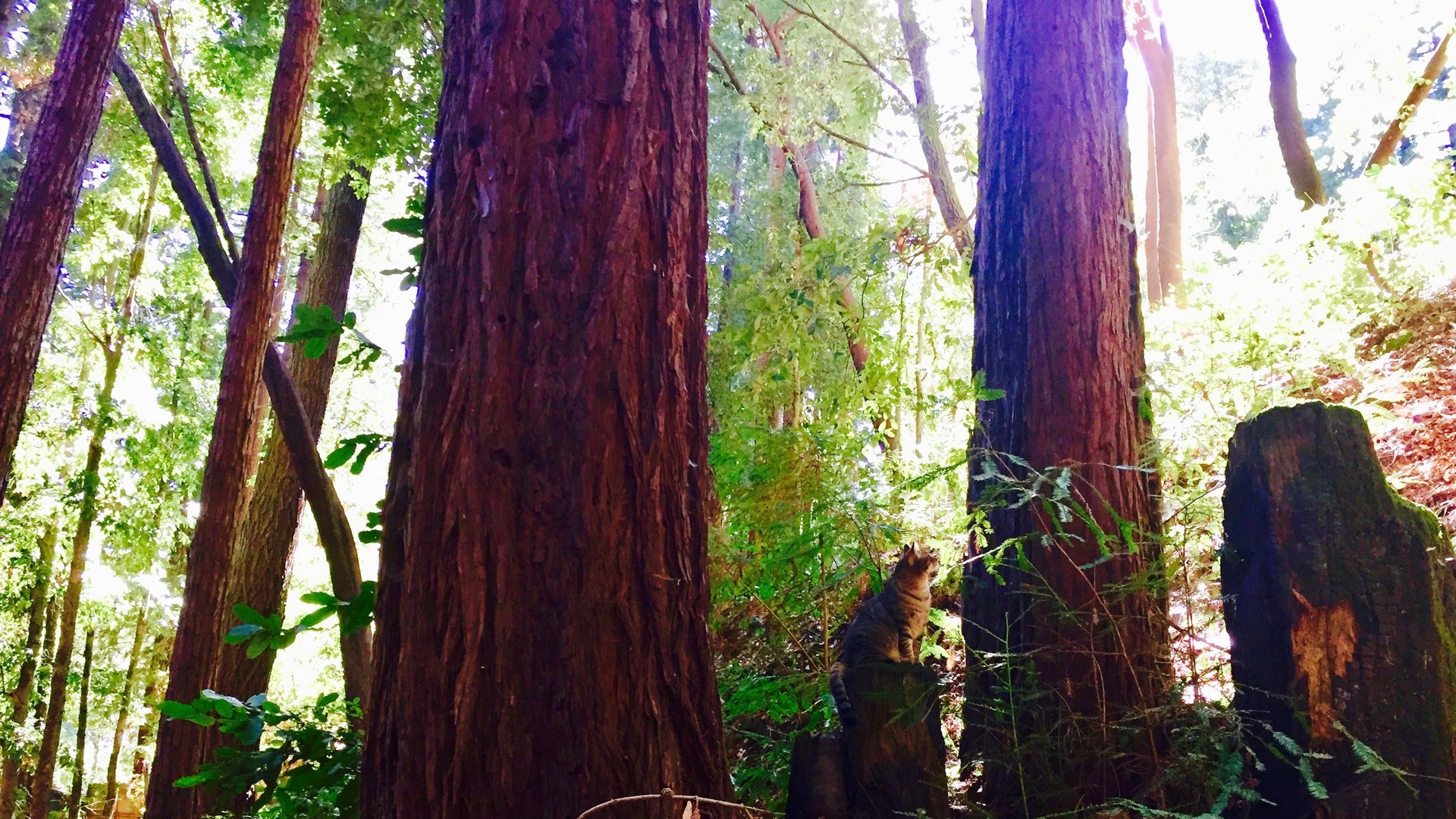
Biophilia may explain why trees can heal us even at a distance. Medical researcher Roger Ulrich in 1984 published a study called “View through a window may influence recovery after surgery.” Records from a Philadelphia hospital over a decade showed patients with green views recovered sooner and were less depressed than those forced to stare at buildings. Ulrich had firsthand experience with this phenomenon: He became interested in the therapeutic possibilities of green views because he had a childhood illness which kept him in bed for long stretches, where he observed a tall pine outside his window.
You can test this effect yourself by checking out the brief video below, filmed in the redwood forest in Lompico, California. How does it make you feel?
Tonic of the wilderness
Researchers around the world were already taking a medicinal and scientific interest in trees in 20th century, and initial studies into forest therapy began in Japan in 1990. But it wasn’t until the new millennium that forest medicine became an official scientific treatment. In 2004, Li helped found the Forest Therapy Study Group with Japanese government agencies and academic organizations.
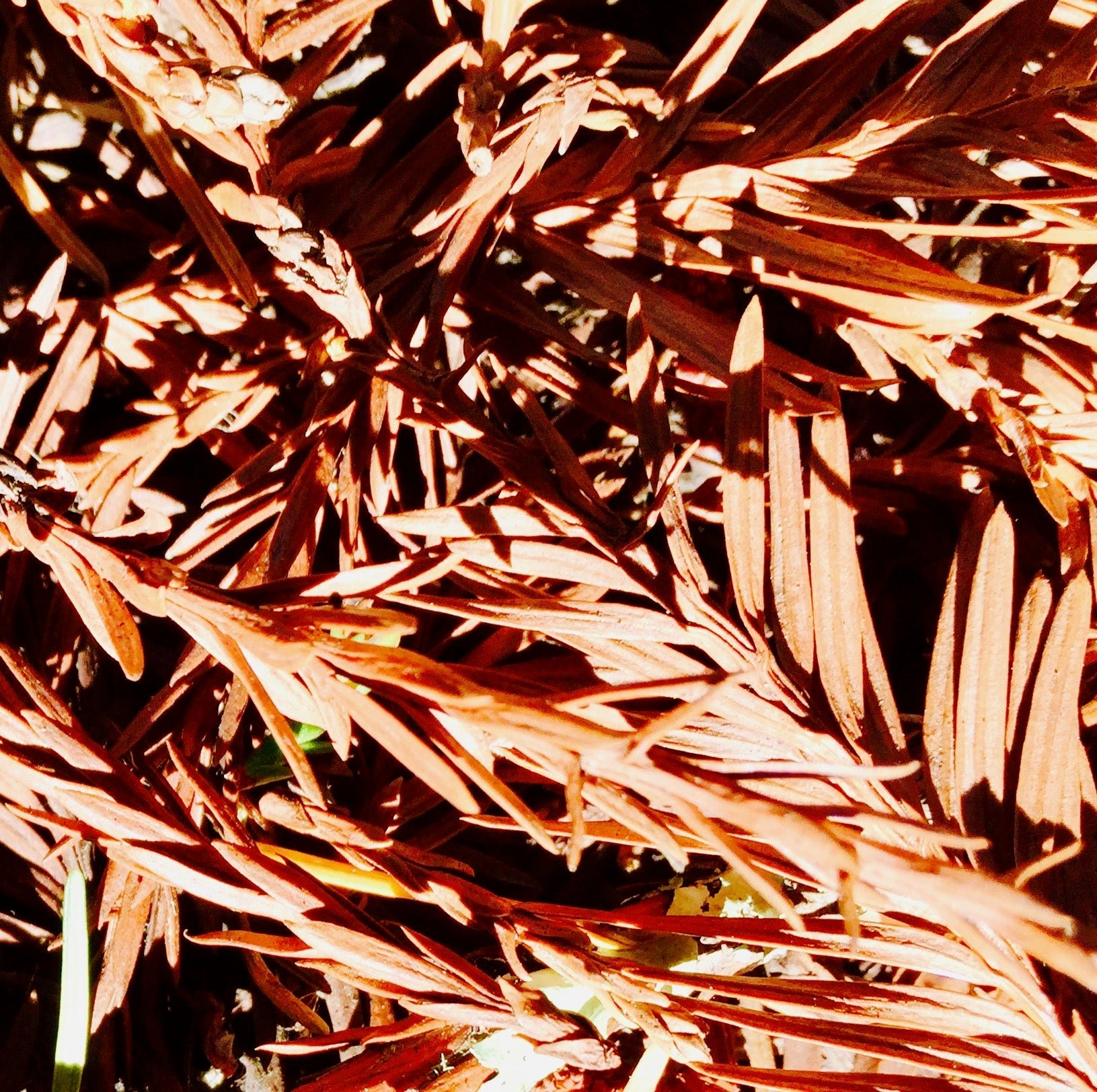
The next year, they conducted a study. Li took 12 healthy middle-aged men from Tokyo on a three-day “scientific forest-bathing trip.” The doctor measured participants’ heart rate, blood pressure, adrenaline, and cortisol levels, before, during, and after the trip.
Being with trees had significant positive effects on the subjects’ nervous systems. Forest bathing reduced stress hormone production, lowered blood pressure and heart rate, suppressed the sympathetic “fight or flight” system, and enhanced the parasympathetic “rest and recover” system. Participants reported feeling better, sleeping longer, and enjoying these effects for weeks following. The study was small, but signaled that a bigger research effort would be worth pursuing.
Japan went on to spend $4 million researching forest bathing from 2004 to 2012, testing the effects on hundreds of subjects in different contexts and forests. In one study with 12 healthy participants, Li and his colleagues at Nippon Medical School measured natural killer cells in participants’ immune systems, before and after exposure to woods. Natural killer cells promote immune system health, attacking infected cells and cancerous tumors. The study’s subjects showed significant increases in natural killer cell activity after a weekend in the woods, and the positive effects lasted a month.
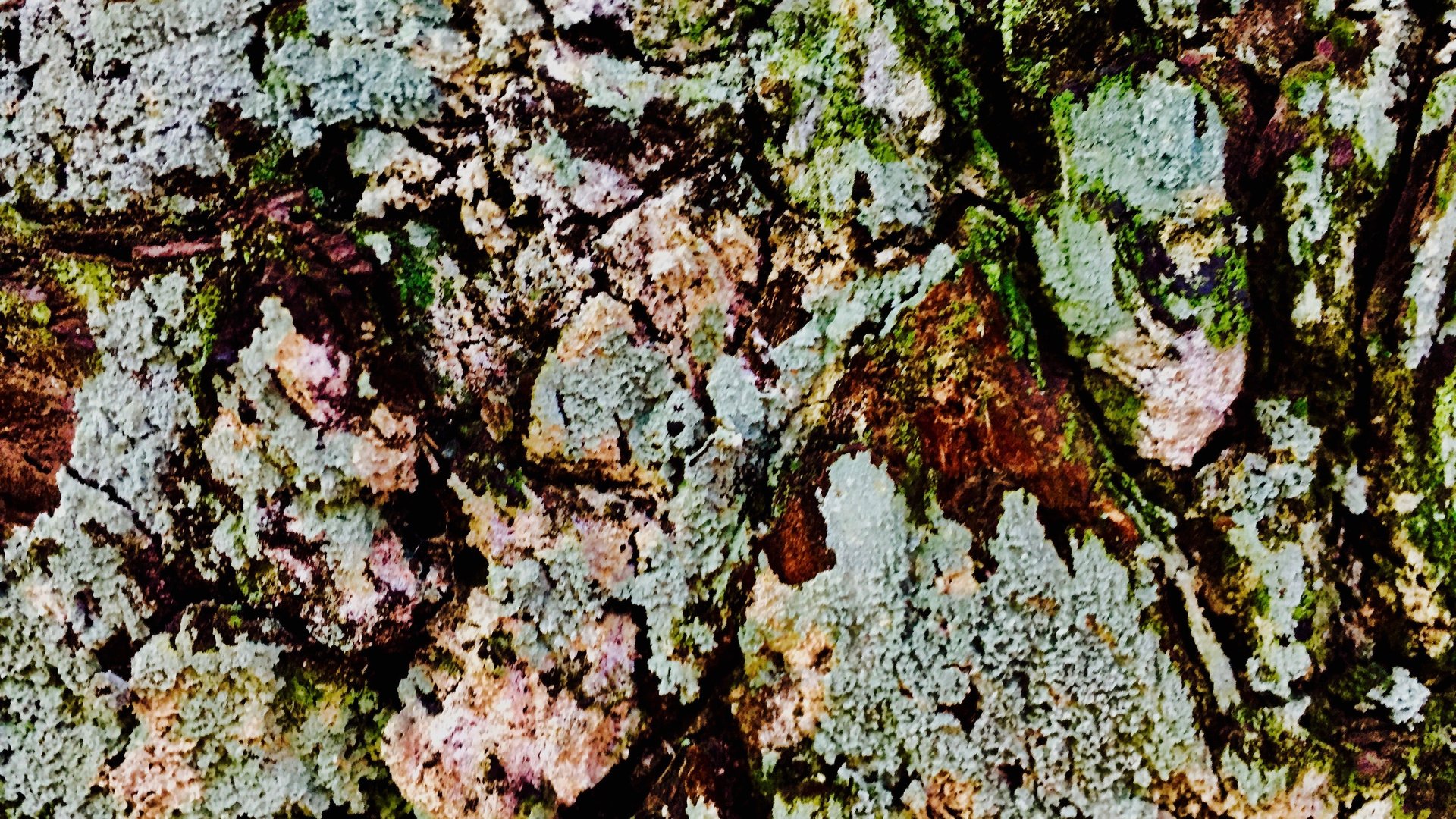
Japan now has 62 designated therapeutic woods, attracting about 5 million visitors annually. But you don’t have to take a trip to a certified forest to get a dose of forest medicine. Trees’ benefits are easily transferred to cities and indoor settings—just visit a park or grow plants at home, where you can see, smell, and touch the healers. In fact, forest medicine may be the most accessible, inexpensive health care available to humanity.
Here’s a step-by-step guide to taking the tonic of the wilderness via the six senses, whether in an urban park, the deep woods, or watering your office bonsai.
See
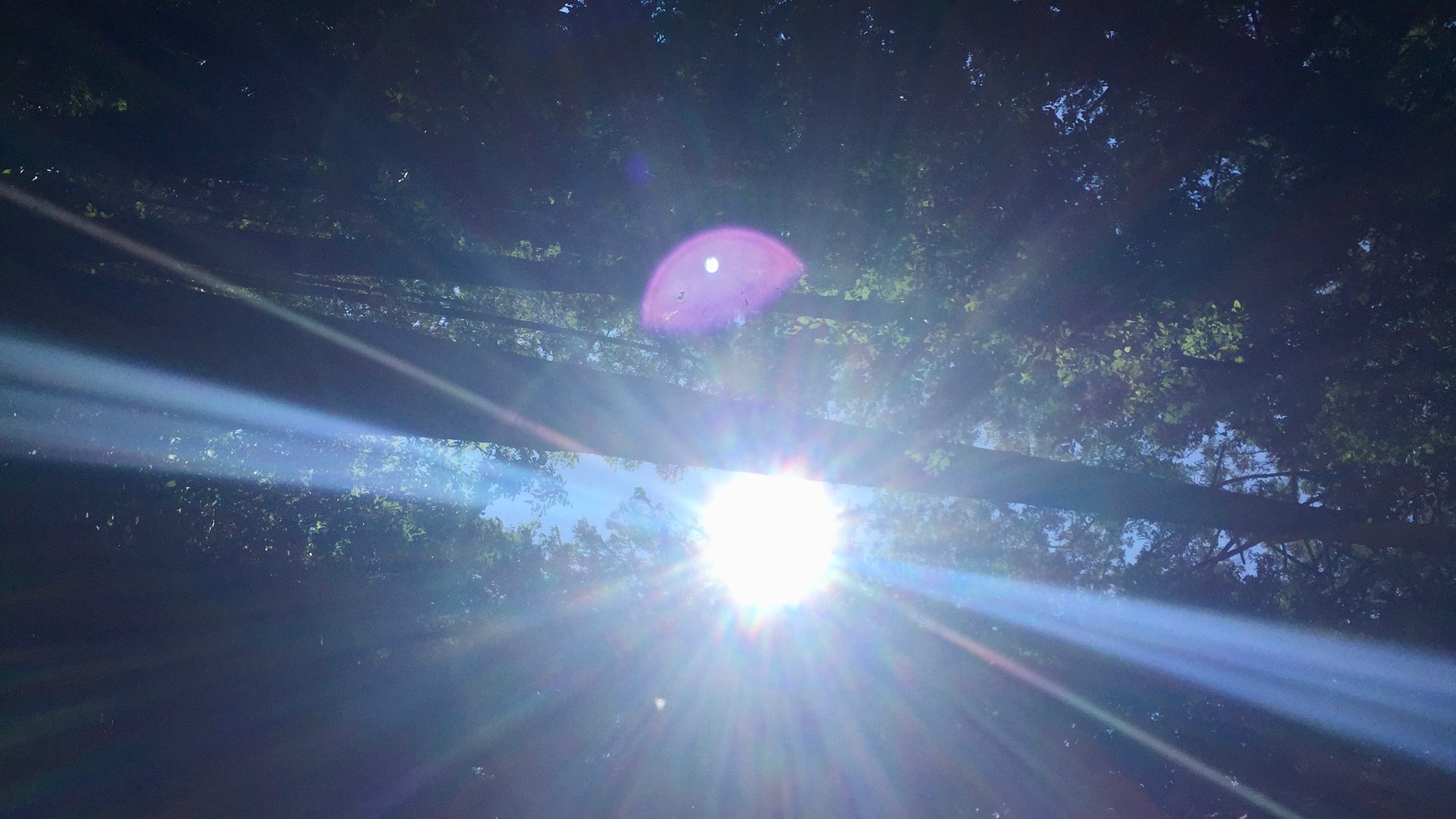
Urban environments are full of visual stressors, dangers, and demands that direct your attention—from passing transportation to pedestrians, signs, advertisements, and dogs on leashes. The 19th century psychologist and philosopher William James disdained the directed attention of city-gazing (pdf). By contrast, James said, natural settings prompt involuntary focus, wherein our vision and attention are open and relaxed, not jerked around from one potential danger to another.
In a forest—assuming you aren’t lost and panicking—your gaze softens and opens. You are attentive, aware but not tense, and this relaxed attention makes you more mentally receptive. James said that we think and see more clearly in nature. Natural beauty soothes us, he believed, and that beauty relaxes the mind, too.
Indeed, University of Michigan psychologist Stephen Kaplan says that we enter into a state of “soft fascination” in the woods. That’s when our attention is captured effortlessly and involuntarily, and the mind isn’t straining to process a jumble of visual stimuli.
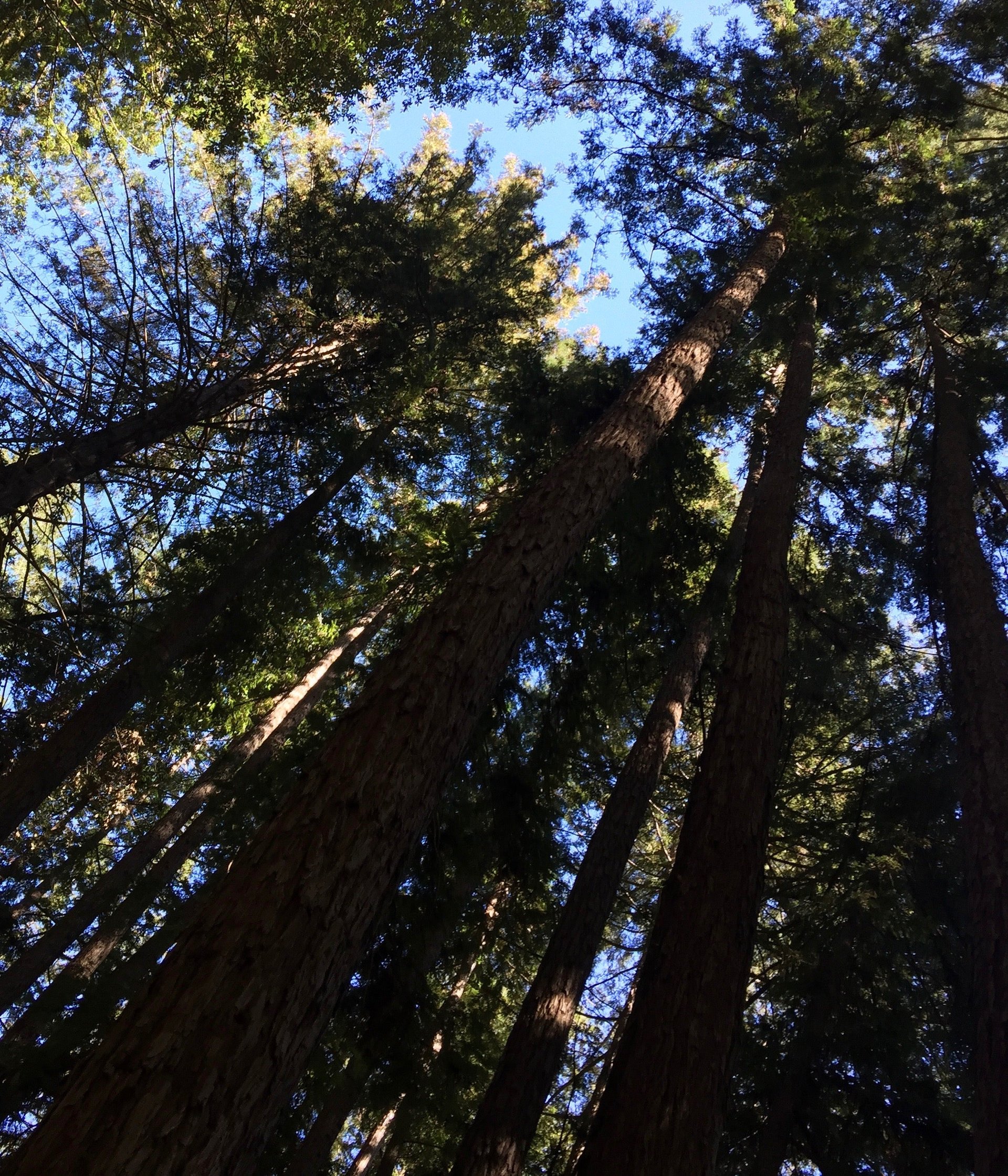
To experience soft fascination, it’s necessary to meander through the woods. Forest bathing isn’t the same thing as hiking or brisk walking, Li says. Aimlessness is advisable. The tree tonic works best with minimal effort. Let your gaze be drawn wherever it wants to land.
As for how long is best to spend gazing at the trees for maximum medicinal effect, Li might ask, “How long have you got?”
Weeks of forest bathing would be fantastic. But four hours is also great, and two hours will more than do. In fact, he thinks we can benefit from spending just a few minutes watching a single tree.
Hear
Nature isn’t silent. Spend time among trees and you might hear birdsong, the rumble of thunder, gurgling water, breezes on branches, crunching leaves, howls, and much more.
This rich symphony is increasingly rare to hear. Even where I live, high in the Santa Cruz mountains and deep in the redwood forest, cars pass constantly on the road below my cabin, blocking the burble of a nearby creek. Li writes that it’s important for us to expose ourselves to the “cognitive quiet” we get in nature, which calms our frazzled thoughts and clears confusion.
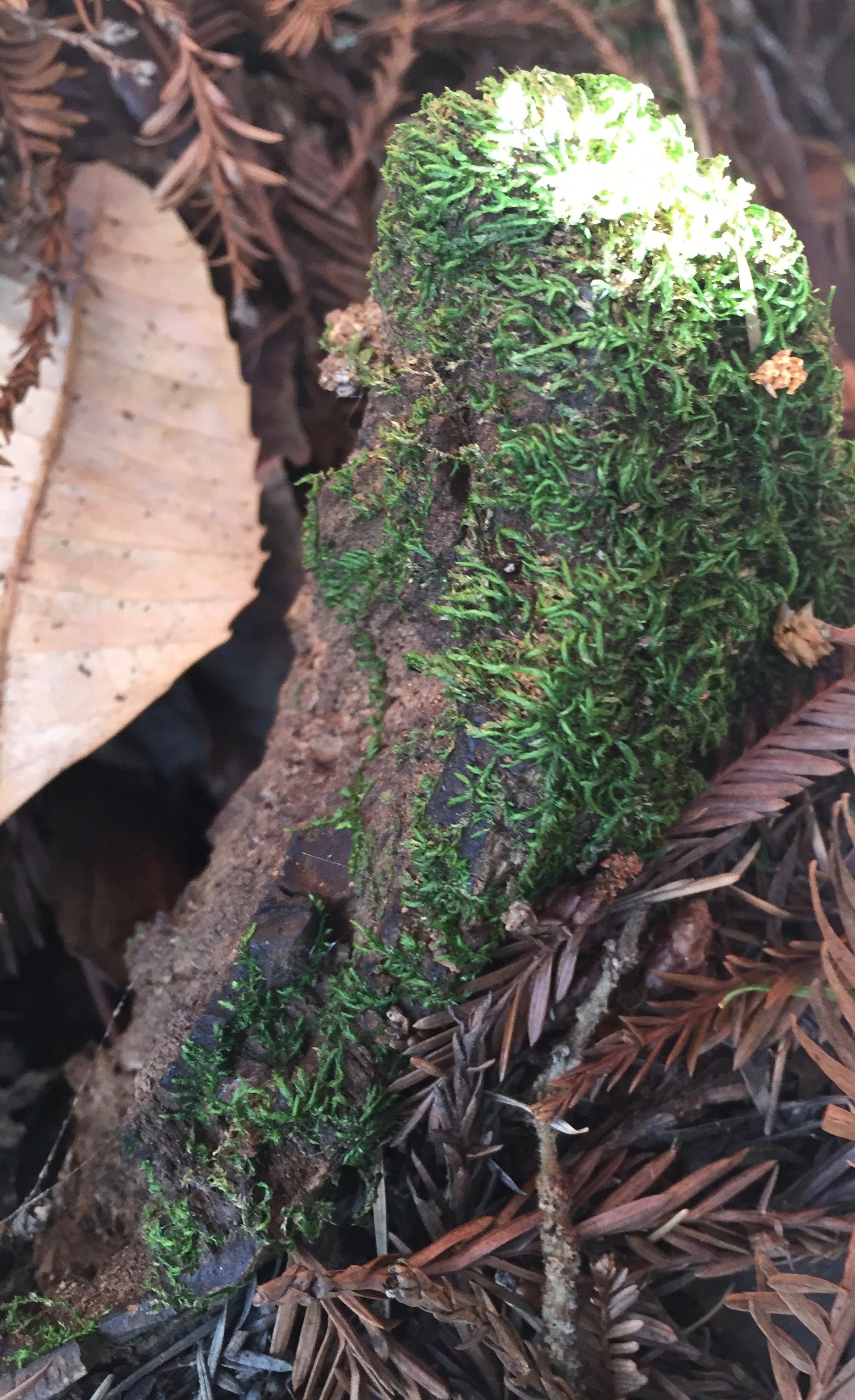
To hear the sounds of the forest, Li advises listening outward. Most of the time, we’re listening in—to the babbling brook of our inner thoughts and chattering ego. Being in the woods, where the sights are nice and the air smells fresh, aids outward listening. Tune into the forest’s frequency by slowing down, listening in all directions, and even closing your eyes to hear more keenly.
When you’re not slowly roaming the woods, the doctor advises listening to nature recordings, which are available online for free. For example, enjoy the sounds of the Hoh Rainforest in Olympic National Park in Washington state, a recording created by George Hempton, founder of the independent research project One Square Inch of Silence. He hopes that after listening, you’ll be inspired to preserve wild silence wherever you are.
Smell
A walk in the woods is an intense aromatherapy session. Remember phytoncides, the tree defense system that heals humans as well? Well, the oils—called terpenes—smell good, too, and influence mood, simultaneously calming and energizing people. Pumping essential oils into the air was already de rigeur at about 70 US hospitals in 2010, according to a Vanderbilt University Medical Center Wellness Committee investigation into the practice. Vanderbilt adopted aromatherapy, too, after experiments showing that with essential oils, staff members were more relaxed and energized, patients slept better, and the air smelled fresher.
Tree species all have different phytoncides with various terpenes containing different scents and properties. For example, D-limonene, which smells like citrus, is so powerful that Li says one Japanese researcher concluded it works better than antidepressants to maintain emotional wellbeing in patients with mental illness. Last year, a comprehensive review of recent studies on essential oils’ antidepressant effects, published in the journal Evidence-Based Complementary Alternative Medicine, concluded, “Aromatherapy showed potential to be used as an effective therapeutic option for the relief of depressive symptoms in a wide variety of subjects.”

Aromatherapy is serious medicine. To take it, just breathe deeply. Inhale, exhale, enjoy.
But it’s not just the trees that offer healthy smells. The soil, rich in nutrients, is also good for humans. Sniff below as above, because inhaling the smell of dirt works like an antidepressant, too. Smelling and touching soil stimulates the immune system, making people healthier and happier.
Indoors, Li advises practicing aromatherapy by sniffing essential oils, misting them into the air, or diffusing them with a humidifier. You can also burn incense, he says, or candles made with natural elements.
Touch
Hugging a tree can be strangely soothing. Li believes the affectionate act is good for us—it engages the sense of touch, get us right up in those phytoncides, and satisfies our biophilia. You may be craving nature’s touch without understanding that you want it. Hugging a tree will really help you feel the connection you biologically need to satisfy, but aren’t always aware of.
“Shinrin yoku is like a bridge…between us and the natural world…We many not travel very far, but in connecting us with nature, it takes us all the way home to our true selves,” Li writes. And when we go home—to visit family, say—and are feeling good, we often hug our relatives or greet them affectionately.
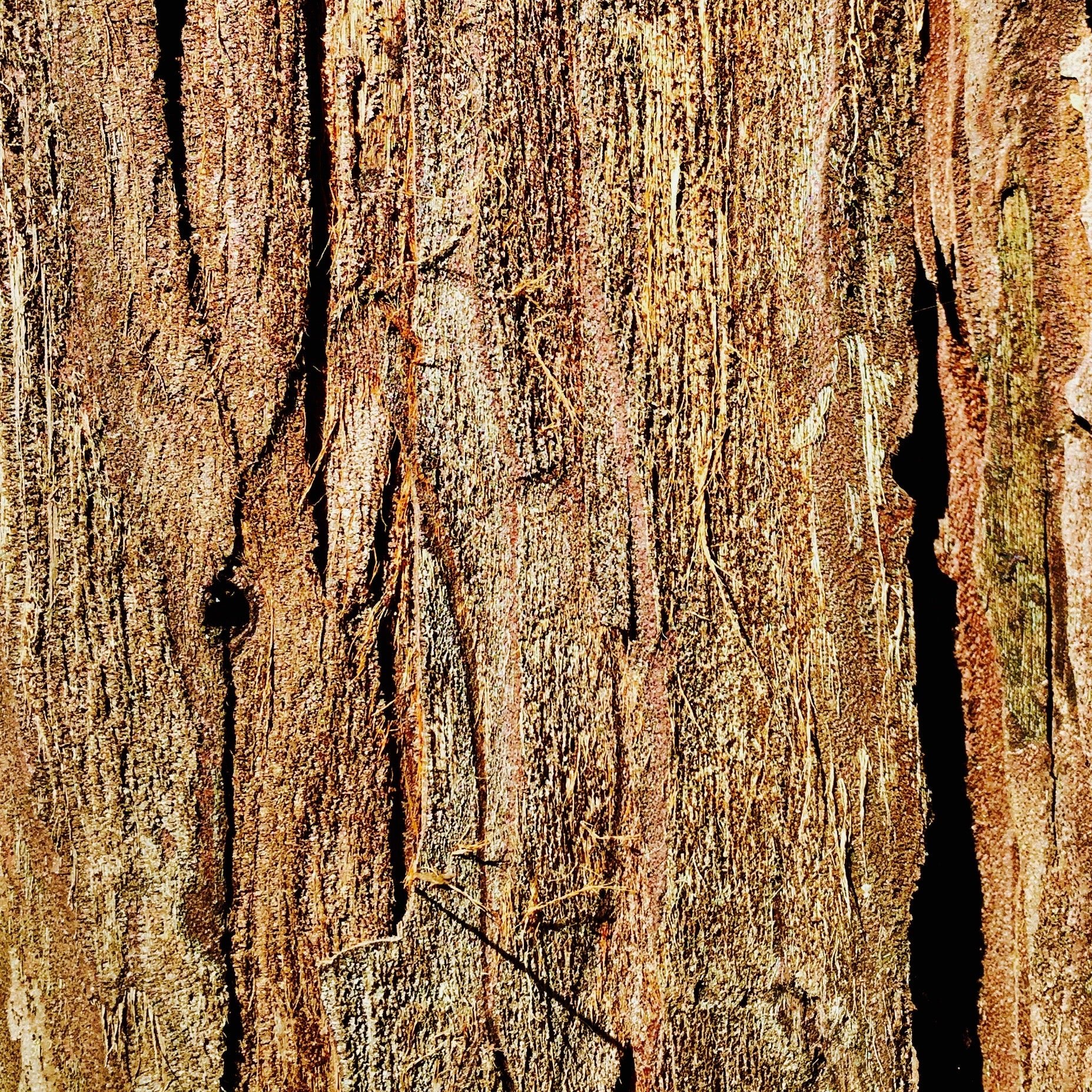
Still, hugging’s not required. You can also feel a tree’s touch by leaning up against it.
Forest bathing is all about connecting with nature, and touch deepens connection. Rub a tree’s bark, caress its velvety leaves, and take off your shoes and feel the ground beneath your feet. Grab some dirt in your hands. And don’t forget to fondle the houseplants when taking your indoor forest medicine.
Taste
Forests are full of delicacies—berries, mushrooms, leaves and grasses, and bark to flavor tea or soup. In Japan, restaurants near forest-bathing locations use elements of the woods in their cooking.
Unless you know how to distinguish between poisonous and non-poisonous items, Li advises bringing your own tea and stopping for a thoughtful ceremony, or pausing for a sip of water from a stream you know is clean.
You can also picnic with forest foods from a nearby farmer’s market when on a tree trip. But there’s no need to limit your appreciation of nature’s tastes to the outdoors. Li also advises eating the forest when you’re away from it. Mushrooms, apples, and their ilk contain the medicine and flavors of trees—concentrate on tasting them.
The sixth sense
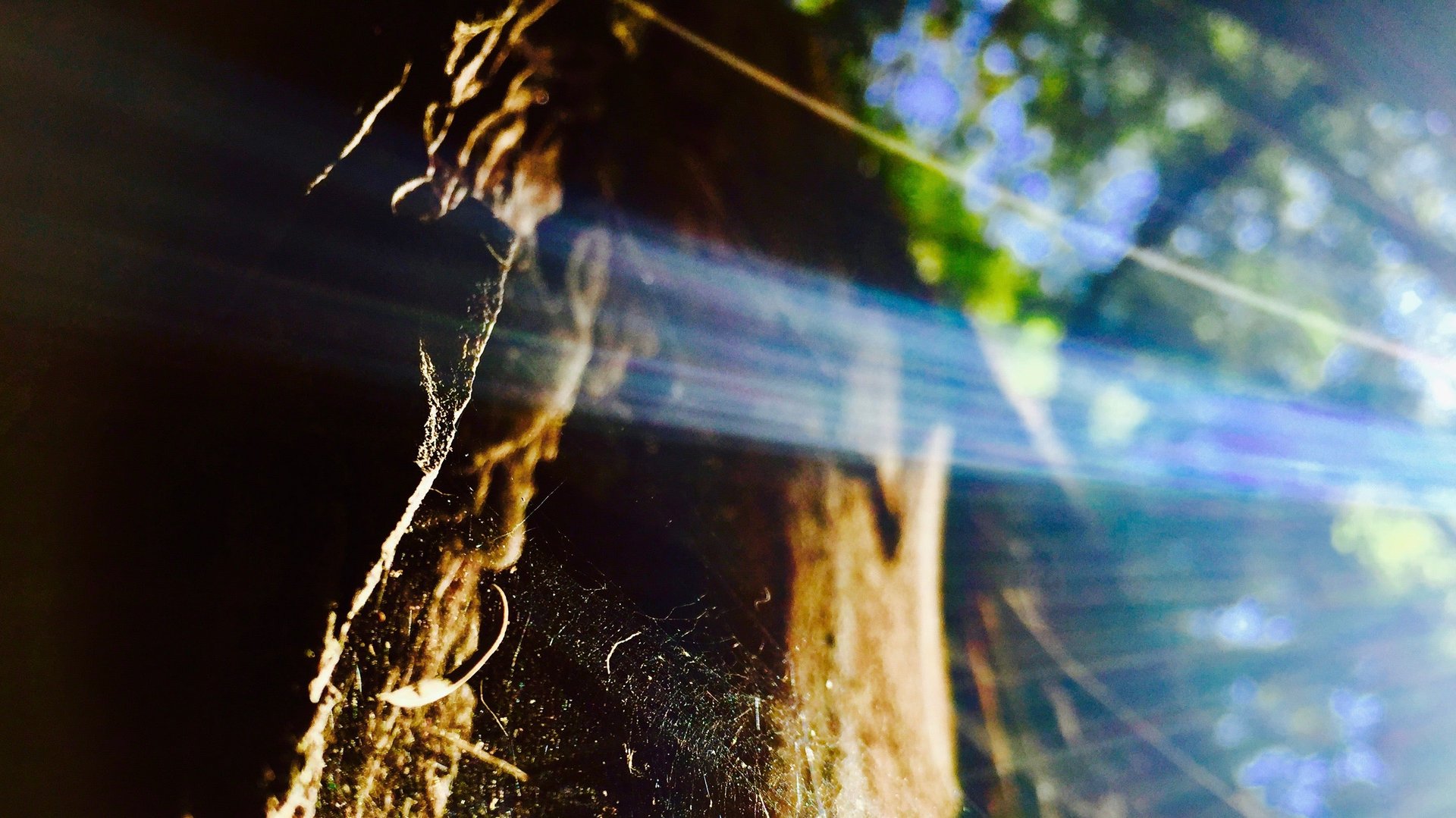
In this context, the sixth sense refers to the sublime—a feeling of awe or wonder. Perhaps you’ve felt it before in a wild setting—staring at the stars, a sunset, mountains, or the ocean.
Trees can live hundreds or thousands of years. Standing among them, life seems simpler, and we feel better physically and emotionally, without making any effort. Who knows? The aromatic whispers of phytoncides may also contain ancient wisdom.
Li encourages us to see trees as part of our family, and to feel close to these quiet cousins. Emerson would agree. “The greatest delight which the fields and woods minister is the suggestion of an occult relation between [humanity] and the vegetable,” he wrote in Nature. “I am not alone and unacknowledged. They nod to me and I to them.”